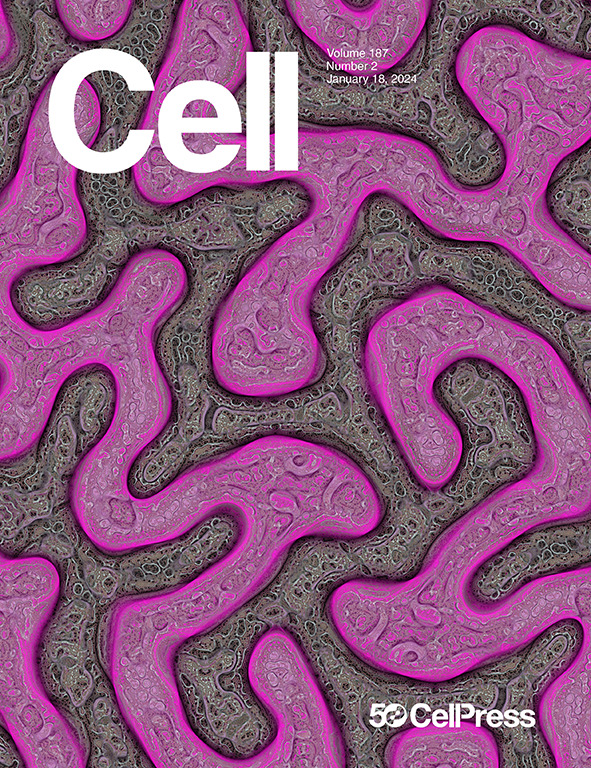Ancient hybridization underlies tuberization and radiation of the potato lineage
IF 42.5
1区 生物学
Q1 BIOCHEMISTRY & MOLECULAR BIOLOGY
引用次数: 0
Abstract
Interspecific hybridization may trigger species radiation by creating allele combinations and traits. Cultivated potato and its 107 wild relatives from the Petota lineage all share the distinctive trait of underground tubers, but the underlying mechanisms for tuberization and its relationship to extensive species diversification remain unclear. Through analyses of 128 genomes, including 88 haplotype-resolved genomes, we revealed that Petota is of ancient hybrid origin, with all members exhibiting stable mixed genomic ancestry, derived from the Etuberosum and Tomato lineages ca. 8–9 million years ago. Our functional experiments further validated the crucial roles of parental genes in tuberization, indicating that interspecific hybridization is a key driver of this innovative trait. This trait, along with the sorting and recombination of hybridization-derived polymorphisms, likely triggered the explosive species diversification of Petota by enabling occupation of broader ecological niches. These findings highlight how ancient hybridization fosters key innovation and drives subsequent species radiation.

古代杂交是马铃薯系谱形成和辐射的基础
种间杂交可能通过产生等位基因组合和性状而引发物种辐射。栽培马铃薯及其来自Petota谱系的107个野生近缘种都具有地下块茎的独特特征,但块茎形成的潜在机制及其与广泛物种多样化的关系尚不清楚。通过对128个基因组的分析,其中包括88个单倍型解析的基因组,我们发现Petota是一个古老的杂交起源,所有成员都表现出稳定的混合基因组祖先,起源于大约800万至900万年前的龙脑和番茄谱系。我们的功能实验进一步验证了亲本基因在结核形成中的关键作用,表明种间杂交是这一创新性状的关键驱动因素。这一特性,以及杂交衍生多态性的分选和重组,可能通过占据更广泛的生态位,引发了Petota物种的爆炸性多样化。这些发现强调了古代杂交如何促进关键的创新并推动随后的物种辐射。
本文章由计算机程序翻译,如有差异,请以英文原文为准。
求助全文
约1分钟内获得全文
求助全文
来源期刊

Cell
生物-生化与分子生物学
CiteScore
110.00
自引率
0.80%
发文量
396
审稿时长
2 months
期刊介绍:
Cells is an international, peer-reviewed, open access journal that focuses on cell biology, molecular biology, and biophysics. It is affiliated with several societies, including the Spanish Society for Biochemistry and Molecular Biology (SEBBM), Nordic Autophagy Society (NAS), Spanish Society of Hematology and Hemotherapy (SEHH), and Society for Regenerative Medicine (Russian Federation) (RPO).
The journal publishes research findings of significant importance in various areas of experimental biology, such as cell biology, molecular biology, neuroscience, immunology, virology, microbiology, cancer, human genetics, systems biology, signaling, and disease mechanisms and therapeutics. The primary criterion for considering papers is whether the results contribute to significant conceptual advances or raise thought-provoking questions and hypotheses related to interesting and important biological inquiries.
In addition to primary research articles presented in four formats, Cells also features review and opinion articles in its "leading edge" section, discussing recent research advancements and topics of interest to its wide readership.
 求助内容:
求助内容: 应助结果提醒方式:
应助结果提醒方式:


